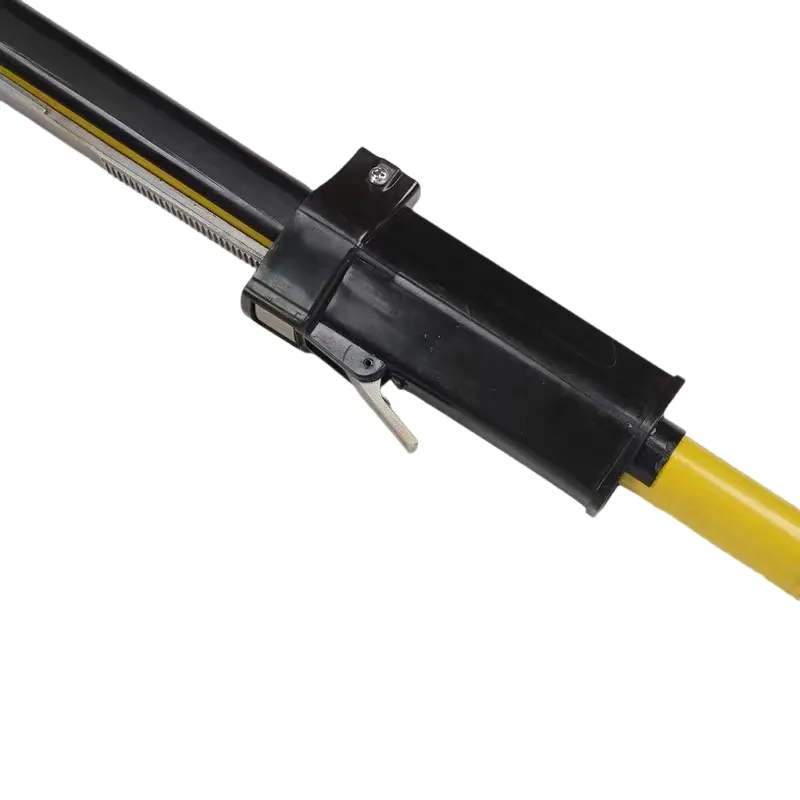
-
 Afrikaans
Afrikaans -
 Albanian
Albanian -
 Amharic
Amharic -
 Arabic
Arabic -
 Armenian
Armenian -
 Azerbaijani
Azerbaijani -
 Basque
Basque -
 Belarusian
Belarusian -
 Bengali
Bengali -
 Bosnian
Bosnian -
 Bulgarian
Bulgarian -
 Catalan
Catalan -
 Cebuano
Cebuano -
 Corsican
Corsican -
 Croatian
Croatian -
 Czech
Czech -
 Danish
Danish -
 Dutch
Dutch -
 English
English -
 Esperanto
Esperanto -
 Estonian
Estonian -
 Finnish
Finnish -
 French
French -
 Frisian
Frisian -
 Galician
Galician -
 Georgian
Georgian -
 German
German -
 Greek
Greek -
 Gujarati
Gujarati -
 Haitian Creole
Haitian Creole -
 hausa
hausa -
 hawaiian
hawaiian -
 Hebrew
Hebrew -
 Hindi
Hindi -
 Miao
Miao -
 Hungarian
Hungarian -
 Icelandic
Icelandic -
 igbo
igbo -
 Indonesian
Indonesian -
 irish
irish -
 Italian
Italian -
 Japanese
Japanese -
 Javanese
Javanese -
 Kannada
Kannada -
 kazakh
kazakh -
 Khmer
Khmer -
 Rwandese
Rwandese -
 Korean
Korean -
 Kurdish
Kurdish -
 Kyrgyz
Kyrgyz -
 Lao
Lao -
 Latin
Latin -
 Latvian
Latvian -
 Lithuanian
Lithuanian -
 Luxembourgish
Luxembourgish -
 Macedonian
Macedonian -
 Malgashi
Malgashi -
 Malay
Malay -
 Malayalam
Malayalam -
 Maltese
Maltese -
 Maori
Maori -
 Marathi
Marathi -
 Mongolian
Mongolian -
 Myanmar
Myanmar -
 Nepali
Nepali -
 Norwegian
Norwegian -
 Norwegian
Norwegian -
 Occitan
Occitan -
 Pashto
Pashto -
 Persian
Persian -
 Polish
Polish -
 Portuguese
Portuguese -
 Punjabi
Punjabi -
 Romanian
Romanian -
 Russian
Russian -
 Samoan
Samoan -
 Scottish Gaelic
Scottish Gaelic -
 Serbian
Serbian -
 Sesotho
Sesotho -
 Shona
Shona -
 Sindhi
Sindhi -
 Sinhala
Sinhala -
 Slovak
Slovak -
 Slovenian
Slovenian -
 Somali
Somali -
 Spanish
Spanish -
 Sundanese
Sundanese -
 Swahili
Swahili -
 Swedish
Swedish -
 Tagalog
Tagalog -
 Tajik
Tajik -
 Tamil
Tamil -
 Tatar
Tatar -
 Telugu
Telugu -
 Thai
Thai -
 Turkish
Turkish -
 Turkmen
Turkmen -
 Ukrainian
Ukrainian -
 Urdu
Urdu -
 Uighur
Uighur -
 Uzbek
Uzbek -
 Vietnamese
Vietnamese -
 Welsh
Welsh -
 Bantu
Bantu -
 Yiddish
Yiddish -
 Yoruba
Yoruba -
 Zulu
Zulu


Nov . 27, 2024 12:50 Back to list
Exploring the Benefits and Applications of Fiberglass Rods in Various Industries
The Versatility of Rod Fiberglass A Comprehensive Overview
In recent years, fiberglass has emerged as a preferred material across various industries due to its remarkable properties, offering unique advantages over traditional materials such as wood and metal. Among the many applications of fiberglass, rod fiberglass stands out, particularly in the fields of construction, automotive, and marine industries. This article explores the characteristics, benefits, and uses of rod fiberglass, illustrating why it has become a favorite choice for engineers and manufacturers.
What is Rod Fiberglass?
Rod fiberglass is a composite material made by reinforcing plastic with fine strands of glass fiber. This combination results in a lightweight, yet incredibly strong product that is resistant to corrosion, fatigue, and thermal expansion. The manufacturing process typically involves pulling molten glass through a die to create long, continuous strands, which are then combined with a resin to form rods of varying diameters and lengths. The end result is a product that can withstand harsh environmental conditions while maintaining structural integrity.
Key Properties and Benefits
1. Strength-to-Weight Ratio One of the most significant advantages of rod fiberglass is its excellent strength-to-weight ratio. It is much lighter than steel or other metals, making it an ideal choice for applications where weight is a critical factor, such as in aerospace or auto manufacturing.
2. Corrosion Resistance Unlike metals that can rust or corrode, fiberglass is highly resistant to chemical and environmental degradation. This property makes rod fiberglass particularly useful in corrosive environments, such as chemical plants and marine settings.
3. Electrical Insulation Glass fibers provide excellent electrical insulation, making rod fiberglass a desirable choice for electrical applications and components. This property ensures safety and reliability in electronic devices and wiring systems.
4. Thermal Stability Fiberglass can withstand significant temperature variations without deforming or losing its integrity. This thermal stability is crucial in industries where materials are subject to extreme heat or cold.
rod fiberglass

5. Low Maintenance The durability and resistance to environmental factors mean that rod fiberglass requires minimal maintenance compared to traditional materials. This feature can lead to reduced long-term costs and more efficient operations.
Applications of Rod Fiberglass
Rod fiberglass is used in a wide array of applications across multiple industries
- Construction In the construction industry, rod fiberglass is utilized in reinforcing concrete structures, providing tensile strength and prolonging the lifespan of buildings. Its lightweight nature makes it easier to handle and install, reducing labor costs.
- Marine Industry The marine sector takes advantage of fiberglass rods for boat masts, supports, and other structural components. The material’s resistance to saltwater and UV light makes it an ideal choice for maritime applications.
- Automotive In the automotive industry, rod fiberglass is often used to create lightweight and strong components, contributing to better fuel efficiency. Its insulating properties also protect sensitive electrical systems from exposure to heat and moisture.
- Sports Equipment From fishing rods to bicycles, fiberglass rods are a popular choice in sports equipment manufacturing. Their flexibility and resilience enhance performance and durability, appealing to consumers looking for high-quality gear.
Conclusion
Rod fiberglass represents a significant advancement in material technology, offering numerous benefits across various industries. Its strength, lightweight nature, resistance to corrosion and environmental factors, and low maintenance requirements make it a superior choice for many applications. As industries continue to innovate and look for sustainable alternatives, rod fiberglass is likely to play a pivotal role in shaping the future of material science. Whether in construction, automotive design, or marine applications, the versatility of rod fiberglass is undeniable, and its impact continues to grow.
Latest news
What Are Construction Tools and How Are They Used?
NewsJul.11,2025
Professional-Grade Duct Rodding Tools for Superior Cable Installation
NewsJul.11,2025
Enhancing Safety and Efficiency with Modern Hot Stick Solutions
NewsJul.11,2025
Empowering Cable Installation with Advanced Rodder Solutions
NewsJul.11,2025
Elevate Your Cable Installation Projects with Cable Pulling Tools
NewsJul.11,2025
Efficient Cable Handling Solutions: Cable Rollers for Sale
NewsJul.11,2025











